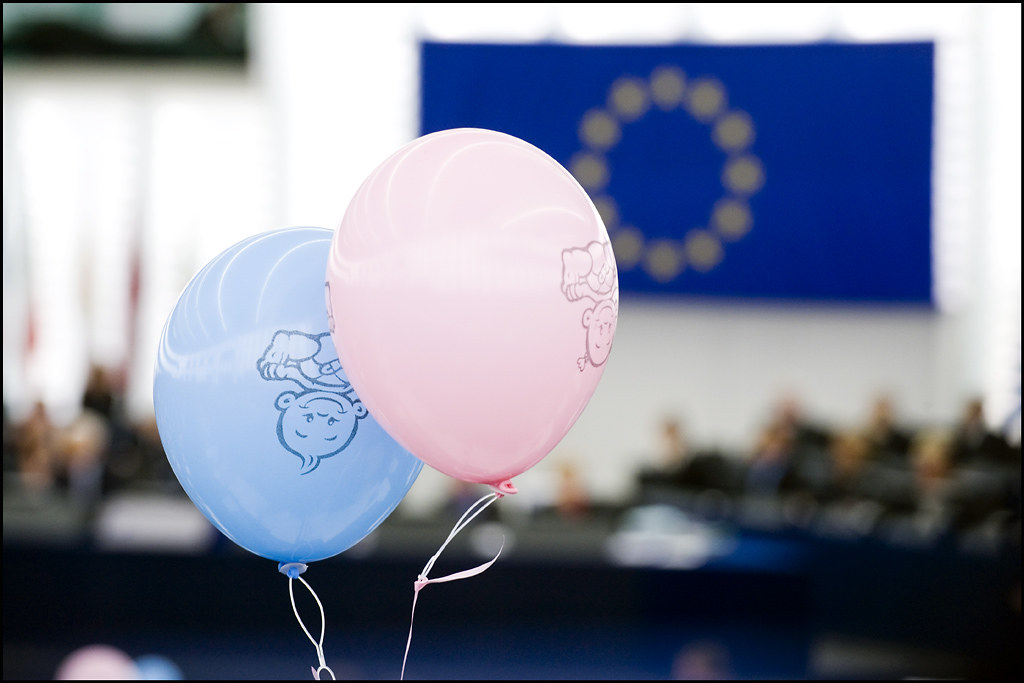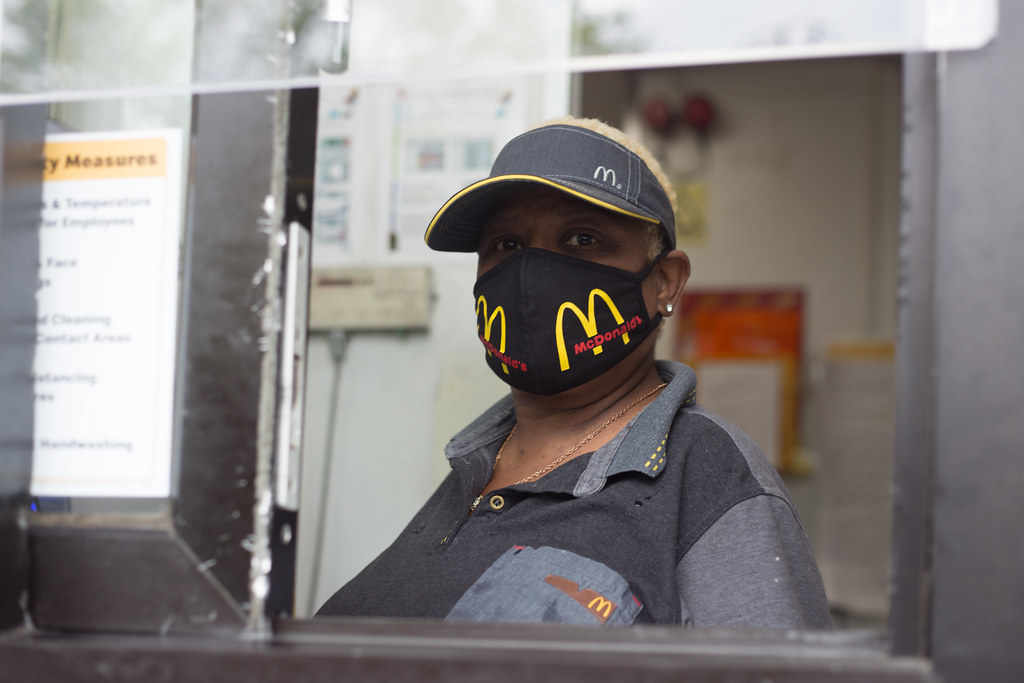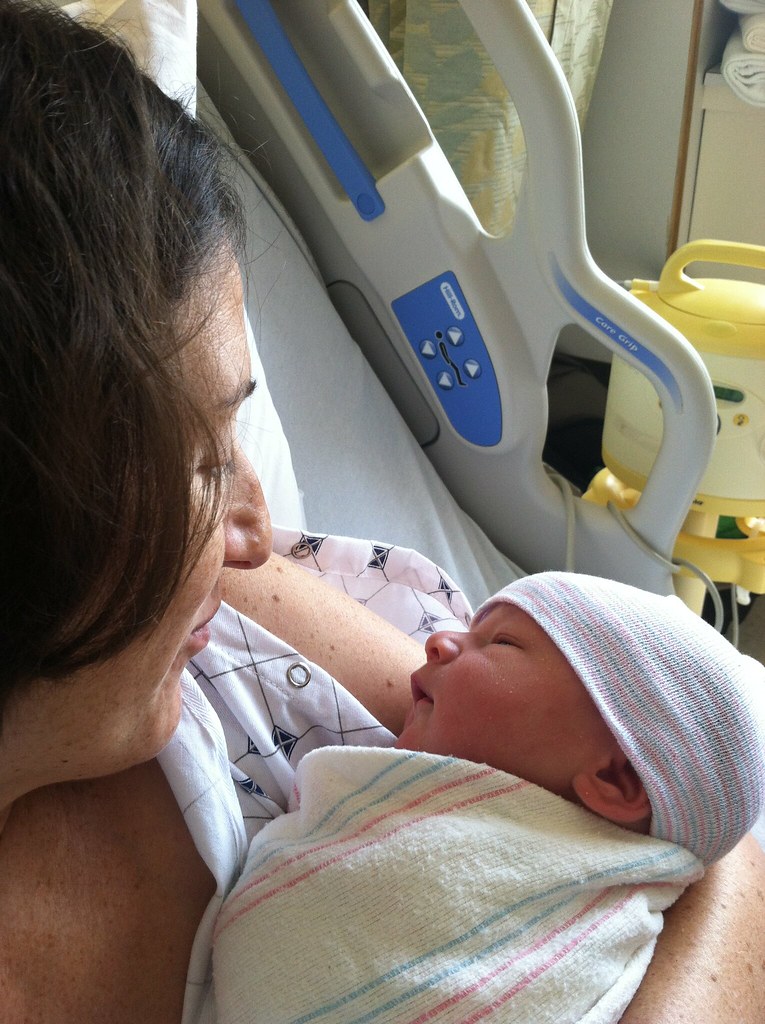With an abundance of other topics to address—from abortion rights and racial injustice protests to the global COVID crisis—paid parental leave has the potential to get lost, but mustn’t.

The U.S. stands alone as the only developed country without paid maternity leave. At a time when other nations are expanding the length of paid leave after the birth of a child, and are increasingly inclusive of fathers, parents in the U.S. are often left in a precarious position.
Only 14 percent of working mothers in this country have access to paid maternity leave; the rate is far less among low-wage workers. Those fortunate enough to have paid leave often have far less time than mothers in other countries.
The average length of paid maternity leave for Organization for Economic Co-operation and Development countries is 18 weeks, ranging from six weeks in Portugal to 43 weeks in Greece. Many countries have additional weeks of job-protected paid leave to use after maternity leave ends; the longest is Estonia, which provides 166 weeks total, at 50 percent the usual income.
As with the 2016 U.S. presidential election, 2020 presidential candidates have discussed paid parental leave and proposed plans. With an abundance of other topics to address, from abortion rights and racial injustice protests to the global COVID crisis, paid parental leave has the potential to get lost, but mustn’t.
On November 3, millions of Americans will step into an actual or virtual voting booth. They need to shift at least part of their attention from the politics surrounding a woman’s right to decide whether to end an unplanned, un-affordable pregnancy to the natural consequence of such a pregnancy continuing.
One in four women in this country without paid leave return to work within 10 days of giving birth. Women who have experienced childbirth can appreciate the madness of this on a personal level.
Few would argue that it is in a woman’s best interest to return to work before her body has healed, and before she may have even been cleared by her doctor to drive a car to her job. This is acutely true after a cesarean section, which is a major abdominal surgery.
During a time when the round-the-clock demands of a newborn reign supreme, parental sleep deprivation and exhaustion are universal. This time often also marks the onset of post-partum depression, which 1 in 8 women report experiencing. As COVID has been shown to disproportionately negatively impact the mental health of women, this problem is even more pronounced.
While the impact of a rapid return to work has obvious implications for mothers, as a pediatrician specializing in child abuse and neglect, I immediately consider who is left to care for these babies when they are at their youngest and most vulnerable.

Over the 14 years I have practiced in child abuse pediatrics, I have seen many cases of young infants who are physically abused by caregivers after their mothers are forced to return to work out of economic necessity. Childcare options are often few, as many daycares will not accept infants younger than six weeks of age, and most are unable to care for premature infants or those with special needs.
I have seen the same economic constraints that led to a mother’s nearly immediate return to work also necessitate reliance on unpaid caregivers who were poorly equipped to cope with a newborn.
My experience aligns with research showing that non-maternal care givers, particularly male caregivers who are unrelated, are associated with an increased rate of physical abuse in infants.
Mothers’ boyfriends have been shown to be particularly risky caregivers. A study of both accidentally and abusively injured children found that abuse was the cause of injury in 94 percent of cases where a boyfriend was a caregiver, but only 33 percent of cases where a father was a caregiver, and 16 percent of cases where a mother was present to care for her child. Physical abuse perpetrated by a male, again particularly a mother’s boyfriend, was also more likely to be fatal.
New or unstable caregiving arrangements (such as when a mother first returns to work) have also been found to increase the risk for infant abuse.
Paid parental leave has been shown to have a number of physical and mental health benefits to mothers and is associated with improved health and decreased mortality in infants. While little research has focused specifically on how paid parental leave may decrease child abuse, related studies show promise.
Maternal depression is a risk factor for child abuse, so the decrease in maternal post-partum depression associated with paid leave could ultimately protect children. Paid parental leave also improves economic stability for families, potentially mitigating the impact of poverty, which is linked to maltreatment.
Only a handful of states including California, New Jersey, New York and Rhode Island, have implemented paid parental leave, with few studies evaluating the potential impact to infant safety.
A 2016 study in California, however, found a decrease in the number of abusive head trauma admissions following the implementation of their paid family leave act in 2004. This is promising, as abusive head trauma is the leading cause of infant death from abuse, and formal prevention programs have shown inconsistent results.

Opponents of national paid parental leave argue that the Family and Medical Leave Act passed in 1993 already allows for new parents to care for their new infants by offering up to 12 weeks of unpaid leave, but this merely highlights inequity.
Only about half of working mothers are eligible for Family Medical Leave Act, and for families that are impoverished or reliant on two incomes, FMLA is not a true option.
There are equity concerns among paid family leave proposals as well. While taxes have been proposed as one funding solution, an alternate proposal relies on those taking leave to essentially fund themselves: taking from their own future child tax credits, and potentially just delaying financial hardship.
In order for national paid parental leave to be successful, it cannot penalize the poor.
As election day draws closer, it is urgent to think of the woman who is returning to her factory job days after giving birth, and consider the safety of the newborn baby being cared for by his mother’s new boyfriend because there is nobody else the mother can turn to.
It is critical to recognize that the failure to provide what nearly every other country in the world has, speaks to the true value this country places on women, children and even men. It is time to do better.





